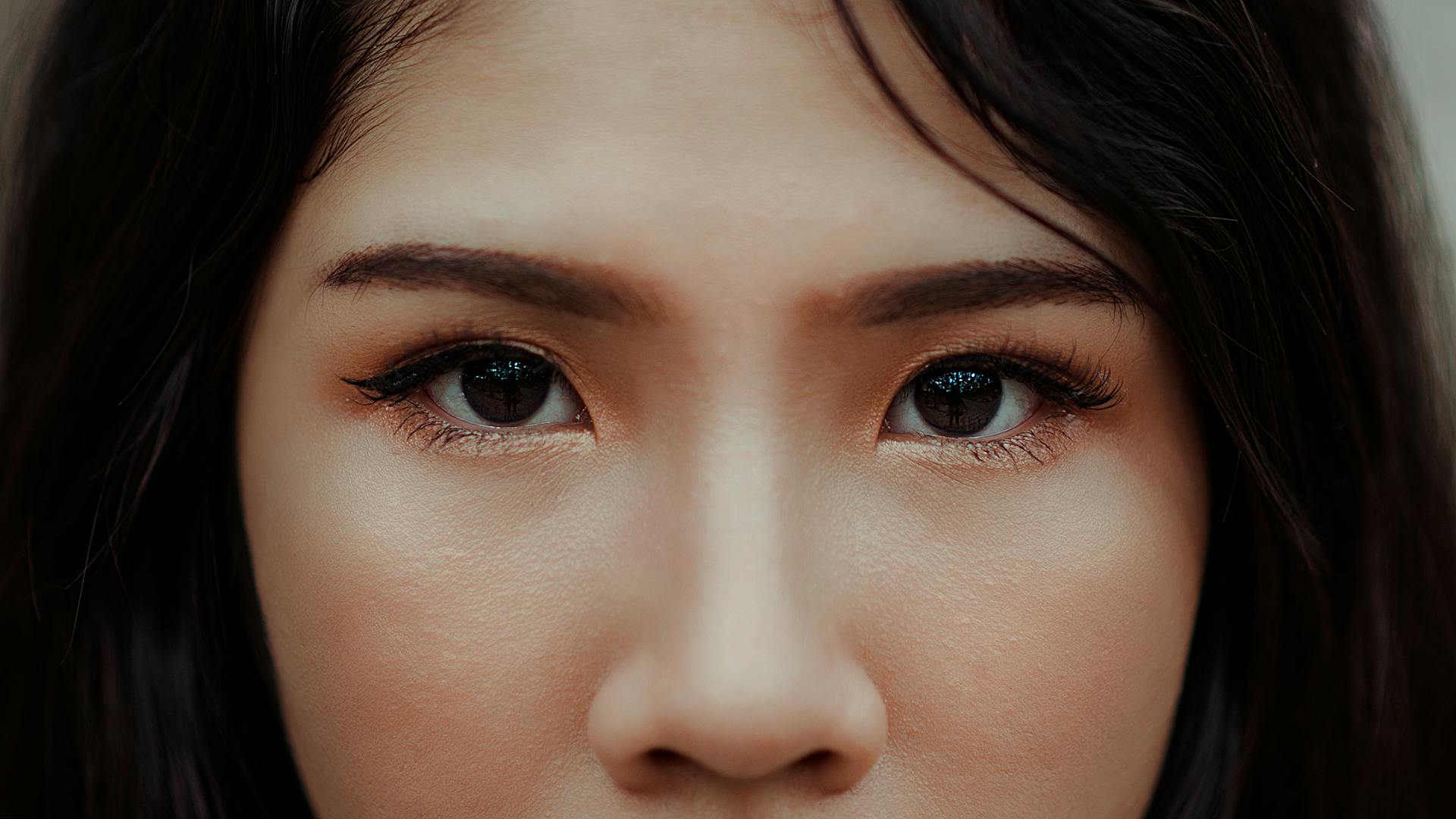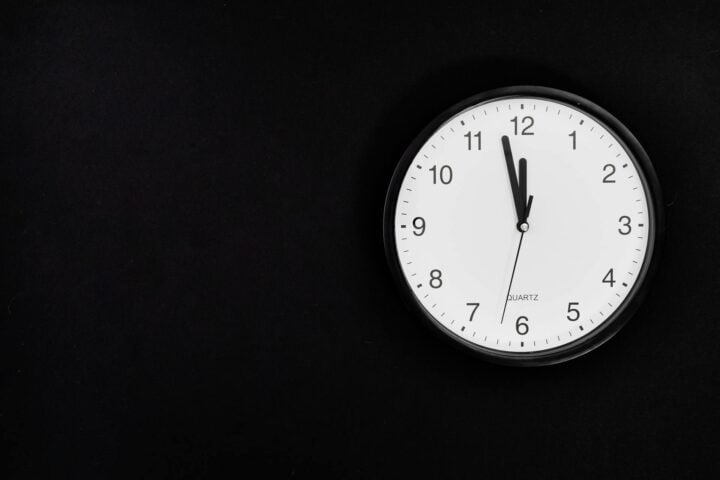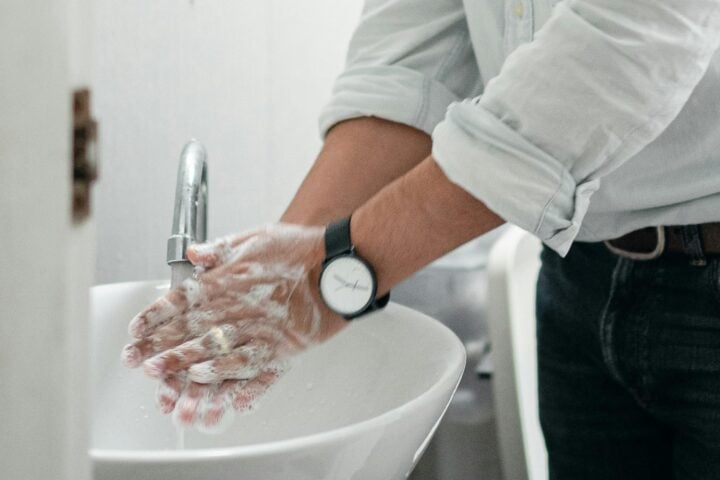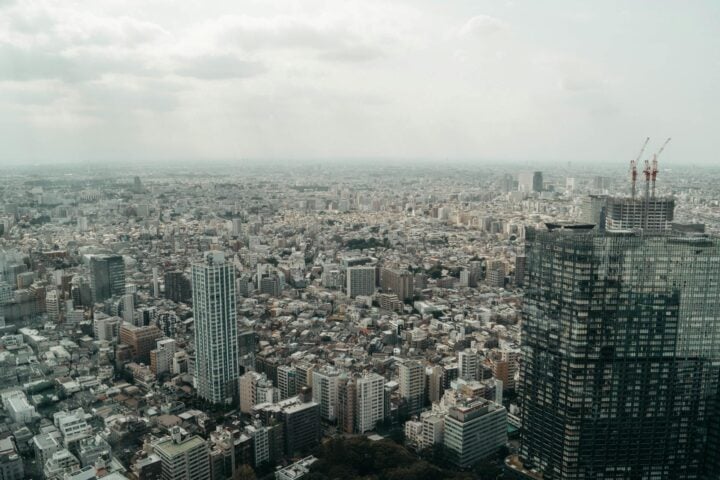In a move that has left citizens dry-eyed and confused, the National Bureau of Visionary Efficiency has introduced a new policy requiring residents to apply for blinking permits. This decision has sparked frustration, mass paperwork delays, and an unprecedented surge in eye drop sales.
Under the revised Ocular Regulation Act, every blink now requires official documentation, and those caught closing their eyelids without prior authorization may face hefty fines, immediate blink restrictions, or mandatory enrollment in government-approved “Blink Efficiency Training” courses.
The Bureau Explains “Unregulated Blinking Wastes Valuable Eye Time”
Officials claim the policy is part of a larger effort to “optimize visual productivity”, emphasizing that unrestricted blinking has led to “millions of collective seconds lost in unnecessary eye closure.” But the government insists this isn’t about control. It’s about respecting modern efficiency values embraced by today’s youth.
“Young people prioritize cost performance and time performance in everything they do, whether it’s shopping, commuting, or socializing,” stated Bureau Chief Katsuro Saito. “Shouldn’t our visual habits be held to the same standard? Unregulated blinking is a habit of the past. Now, we can ensure every second spent with open eyes is maximized for peak efficiency.”
Despite assurances, critics have questioned the system’s practicality, citing processing delays, inevitable eye strain, and the unfortunate reality that sometimes people need to blink before their paperwork is approved.
How the Application Process Works (Or Doesn’t)
Applying for blinking permission is a complicated but “necessary” process, according to officials.
Step 1: Citizens must submit Form B-3021B (“Request for Ocular Closure Privileges”), detailing their estimated blink frequency and history of visual focus interruptions.
Step 2: A government-appointed Vision Officer will review the request, ensuring applicants meet minimum eligibility criteria for regulated blinking.
Step 3: If approved, the applicant receives a Provisional Blinking License, allowing controlled eyelid movement within government-defined intervals, subject to random inspections.
However, due to processing delays, citizens must wait 6-8 weeks for full approval, during which time blink restrictions apply unless granted an Emergency Ocular Closure Waiver. Unfortunately, the waiver requires four additional forms, a notarized affidavit confirming critical dry-eye syndrome, and approval from a Certified Eyelid Efficiency Auditor, who is currently booked out until November.
Citizens React “We’re Just Trying to Keep Our Eyes Functional”
Public response has been overwhelmingly exhausted. As long lines form outside Bureau offices, frustrated applicants have resorted to “covert blinking” techniques, including preemptively closing their eyes before entering restricted blink zones, borrowing permits from relatives, and submitting mass appeals for additional ocular privileges.
As citizens wrestle with government-imposed blink permits, Japan’s SNS influencers have turned the situation into a bizarre, viral spectacle, launching experiments to push the limits of ocular endurance.
One of the most extreme trends is the #NoBlinkChallenge, where influencers attempt to go 12 hours without blinking, live-streaming their rapidly deteriorating focus while viewers eagerly count each accidental eyelid closure. The results range from mild discomfort to full-on existential breakdowns, as challengers struggle to resist their body’s natural urge for relief. Some have taken to holding their eyelids open with tape, while others have resorted to blink-suppressing meditation techniques. None of which appear to work in the long run.
Meanwhile, the rise of the “Productivity Goggles” trend has taken a more tactical approach. Creators seeking an edge in compliance have begun wearing artificial tear dispensers built into futuristic eyewear, designed to prevent dryness while waiting for blink permit approval. These sleek goggles—marketed as “the ultimate solution for maximizing visual uptime”—have quickly become a status symbol, allowing users to circumvent discomfort while maintaining perfect bureaucratic obedience.
As both trends gain traction, citizens now find themselves questioning not only the absurdity of blink regulations but also the lengths people will go to survive under them, turning every eye movement into a high-stakes, government-monitored challenge.
“I haven’t blinked in six hours,” one influencer confessed, visibly struggling to keep his eyes open for the camera. “Honestly, I think I’m seeing alternate dimensions at this point.”
In response to concerns, officials have proposed the introduction of Paid Premium Blinking Memberships, allowing citizens to blink freely for a monthly fee. Though experts worry this could lead to an elitist blink economy, where only the wealthy can afford unrestricted eyelid movement.
What’s Next? Mandatory Staring Regulations?
Rumors suggest the Bureau is already drafting Phase Two of its vision regulations, requiring government-monitored eye tracking, ensuring that all staring meets fair distribution standards. “People need to maintain visual discipline,” an anonymous government source admitted. “Excessive blinking disrupts focus. We need to closely monitor ocular movement to maintain national efficiency.”
As citizens brace for additional paperwork, many are wondering: When did basic bodily functions become a government-regulated privilege? For now, residents must strategically ration their blinks, carefully time their eyelid movements, and hope their application gets approved before their eyes give out.




